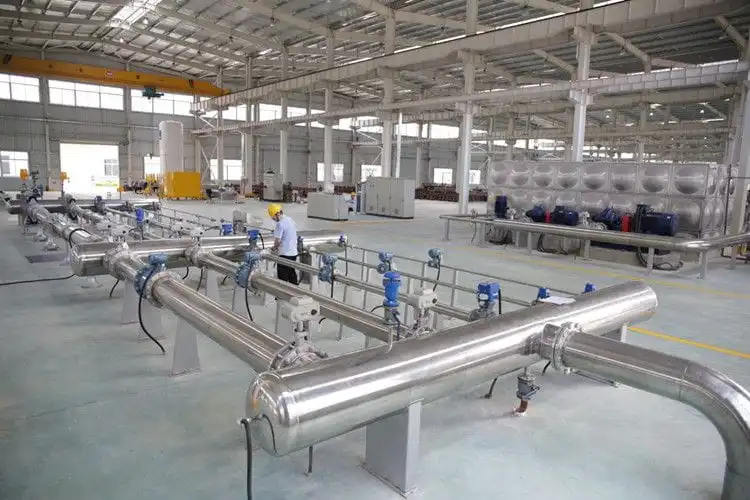Australia, soon to become the world's biggest exporter of liquefied natural gas, is now turning to the largest buyer Japan as it seeks to import the fuel to ease a domestic supply crunch.
In a scenario played out previously by LNG shippers including Indonesia and Malaysia, Australia is seeking to import gas to help ease supply imbalances exacerbated by its growing export industry. Australian Industrial Energy, which plans to build an import terminal in New South Wales, has sought help from Japan's Jera Co., a gas colossus that's using a global oversupply of the fuel to transform the North Asian nation's role from biggest buyer to a budding trader.
"We have the world's largest buyer of LNG who is out on the market on our behalf and able to give us a very good line of sight as to where the opportunities are," James Baulderstone, AIE's project leader, said in an interview last week. "We have attractive offers on the table.”
Jera's role in the project hasn't been decided and a feasibility study is underway, according to a spokesman. It hasn't been determined from where potential LNG would be sourced, he said.
Rival import plants are also planned for other states on Australia's eastern seaboard, where gas shortages are forecast as production declines from aging fields including Victoria's Bass Strait. AGL Energy Ltd., the country's largest electricity generator, plans to purchase up to 2 million tons of LNG annually by 2021 at the state's Crib Point site to fill a supply gap it sees emerging in the next few years.
Steady supply
"Victoria state has a potential shortfall in gas supply from 2020 onwards," Phaedra Deckart, AGL's general manager for energy supply and origination, said in a phone interview. “The real benefit of the project is in providing a secure, stable source of gas supply.”
Gas prices in the East Coast market could rise 30% over the next five years, driven mainly by declining low-cost domestic supply, analyst at consultant Wood Mackenzie Ltd. wrote in a report Tuesday. The cost of importing gas to meet supply needs is marginal compared with diversions to the domestic market from regional LNG projects, though it offers strategic options and supply diversity sought by gas buyers, they wrote.
In South Australia, where a power blackout in 2016 triggered a debate on the nation's energy security, another LNG import facility is being proposed by consultancy IG Partners at a site near Pelican Point. LNG would be used to supply a 500 megawatt gas-fired power plant and may also be offered to domestic users, IG managing partner Kym Winter-Dewhirst said in an email Monday.
Mitsubishi Corp. is considering joining the IG project, known as Outer Harbour, according to a spokesman for the Tokyo-based company.
Australian Prime Minister Malcolm Turnbull has laid the blame for gas shortfalls on the startup of LNG exports from three plants in the state of Queensland which scooped up spare supply and shipped it to buyers in Asia, frustrating large industrial Australian users who have struggled to secure their own deals.
AIE, in which billionaire miner Andrew Forrest and Japan's Marubeni Corp. also own stakes, expects to sign off on a location for the import terminal in New South Wales this month.

